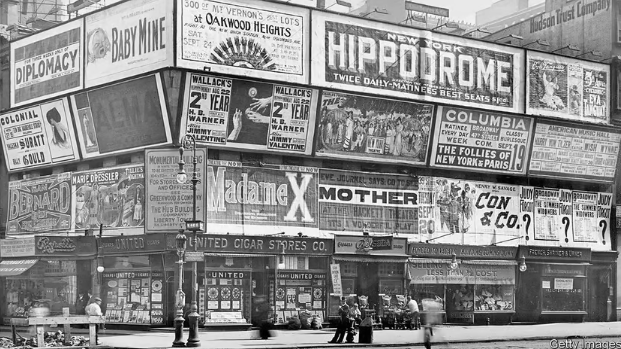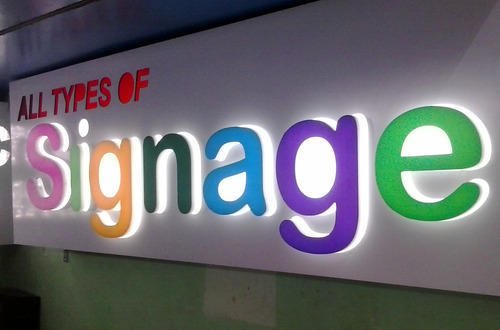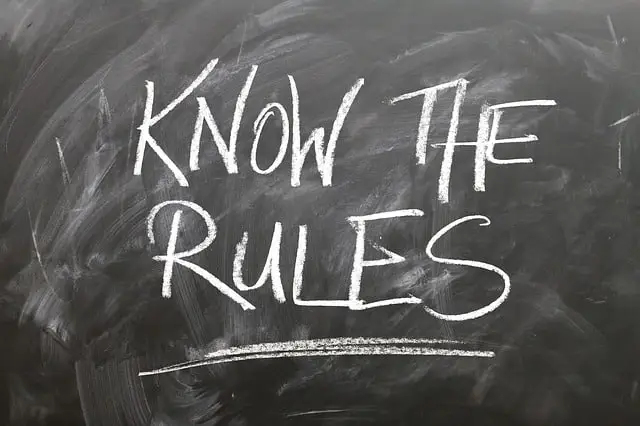

Billboards have a long and fascinating history that is full of controversy and intrigue. It has also been a long and eventful walk from the very first billboard to what we have now.
Most people think that P.T. Barnum invented billboards. And even though some people considered it wasteful, and a major New York newspaper even dismissed it, tobacco companies quickly adopted it everywhere. But is it true that Barnum invented billboards or stole the idea from someone else? Or that the medium’s early association with lithography led artistic critics to dismiss it?
Read on to find out.
We begin our story over 5,200 years ago in the city of Elkabin in ancient Egypt.
Archaeologists recently discovered the earliest examples of billboards, dating back to 3250 B.C. The Egyptian version of Diet Coke says that it looks like the billboards were used for propaganda instead of advertising.
The billboards displayed massive hieroglyphics that essentially depicted the Egyptian rulers’ dominance over the entire world. Although this appears to be a bit heavy-handed, these days you can’t go 45 seconds without seeing a political ad, so perhaps it was just a foreshadowing of things to come.
Billboards include art in addition to print. That aspect of the medium was transferable in the 1790s when Alois Senefelder invented the lithograph, a type of 18th-century copying machine that made it simple to reproduce color illustrations.
This breakthrough was not without controversy. Art critics, who appear to be snobs in any century, scoffed at the idea that art could be so easily replicated. They chastised the concept and anyone who employed it.
The printing press and lithography made it easier to duplicate things. As a result, businesses began to print advertisements for their products. But where should they go? For many, placing an ad in the newspaper was prohibitively expensive. Meanwhile, the cost of affixing these flyers to fence posts and building walls was reasonable (arguably the earliest form of wild posting). That is to say, it was free.
The popular movie “The Greatest Showman” made no claims that Barnum invented billboards, even though we can all agree that he brought them into the mainstream with his circus show.
But if you step back just as far as 1835, you will find that Jared Bell was the first person to put up a billboard to advertise a circus. People’s attention was drawn to his large and colorful posters, including Barnum. And Barnum only replicated Bell’s work in other towns for his circus, which generated excitement for travelers.
Outdoor advertising took off quickly in the United States after this millennia-long buildup. Businesses began leasing billboard space by 1867. Within three years, more than 300 businesses had painted signs and created bills. Billboards became a reliable industry in postwar America when all sides were still wary of the truce.
By 1872, the International Bill Posters’ Association of North America had been formed in St. Louis. A booklet titled “The Poster,” published in 1910 explained how the modern industry came to be. Unfortunately, that was not without controversy either.
In 1887, the New York Star wrote an editorial that was against the fact that “thousands of tons of paper and oceans of paste were used to decorate the fences.” The editorial also said that “considerable capital” was spent on the project so that the bill-posting business could be successful in any large city or town in the United States.
According to the Star, $2 million is invested in the industry each year across the country, including $150K in New York.
By 1891, many states had their own organizations for billboards, and by 1900, billboards had taken on a more standardized shape. Interestingly, it put to rest some of the environmental issues raised by the New York Star more than a decade before. Standardized billboard sizes enabled businesses to run the same ads in a variety of locations. They were easier to plan for and required less manpower.
During this time, household names like Coca-Cola and Kellogg made billboards a regular part of their national marketing strategies. Most cities had a national outdoor advertising presence within 12 years.
Of course, the media industry would be incomplete without some intrigue. The Fulton Group and the Cusack Co., two of the first outdoor advertising agencies, merged in 1925 to form the General Outdoor Advertising Company (GOAC).
In 1950, the US Justice Department sued GOAC for unfair competition on the grounds that it had a monopoly. In the same year, the department also looked into claims that the Outdoor Advertising Association of America set prices.
By 1955, annual billboard sales had surpassed $100 million on a national scale. Three years later, the first set of federal laws that gave states more control over billboards on interstate highways was passed. It was the beginning of a decades-long tug-of-war between anti-billboard groups and the industry. It still appears on occasion, and four states have outright prohibited billboards.
When it became illegal to advertise tobacco products on TV and radio in 1970, the industry got a big boost. Guess who got an advertising windfall? magazines and newspapers, as well as billboards. But it didn’t last. As part of an ongoing legal battle, Big Tobacco and state attorneys general banned tobacco advertisements on outdoor structures in 1999.
The turn of the century saw the nationwide introduction of digital billboards and a shift to outdoor ratings to determine how many people saw advertisements.
Now that you know how the billboard and outdoor advertising industries came to be, what else would you like to know about this industry?
Leave a message in the comment section and let’s get answers to the questions you have.

5 Powerful Ways Signage Empowers Self-Service Customers and Enhances Satisfaction

5 Surprising Ways Quality Signage Can Transform Your Business in

7 Emotional Triggers Your Signage Should Tap Into (If You

10 Crucial Things You Must Know About Signage Laws in
100% Original products that covered warranty by the vendor.
You have the right to return your orders within 30 days.
Your orders are shipped seamlessly between countries.
Your payments are secure with our private security network.